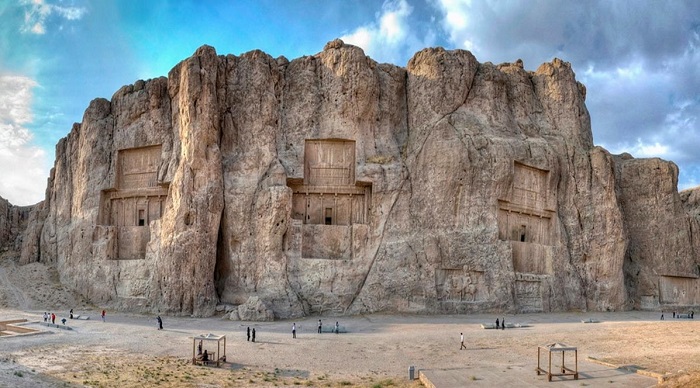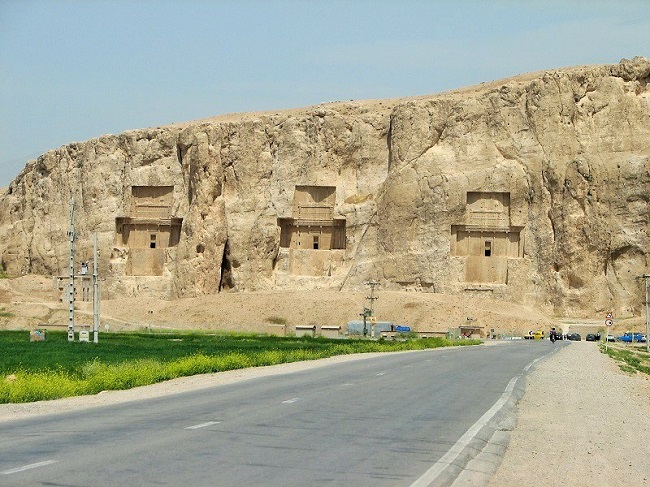More than any other ancient site in Iran, Persepolis embodies all the glory and the demise of the Persian Empire. It was here that the Achaemenid kings received their subjects, celebrated the new year, and ran their empire before Alexander the Great burnt the whole thing to the ground as he conquered the world.
Transport to Persepolis and nearby sites is a problem. There is a scheduled bus service between Shiraz and Marv-Dasht but not to and from Persepolis itself, so the easiest solution is to hire (and retain for the return trip) a taxi, if not from Shiraz (50km southwest) then from Marv-Dasht about 15km away If possible, two visits should be made to the site: in the early morning to explore when the light is much ‘whiter,’ and about 90 minutes before sunset when the stone takes on a softer, golden color.

Most of the stone now has a rough grey appearance, a result of wind-blown dust over the millennia, so do make a point of visiting the National Museum in Tehran to see the ‘waxed’ reliefs and column ensemble from Persepolis. This rich, dark brown stone set alongside a creamy limestone was the original coloring.

If you are limited to one visit, it will take three hours or so to walk around and take photographs, especially if you plan to walk up to the Achaemenid royal tombs behind for a magnificent view over the site. Take a telephoto lens or binoculars for viewing these tombs; these will also be useful if you’re going to Naqsh-i Rustam (usually included on the same day)